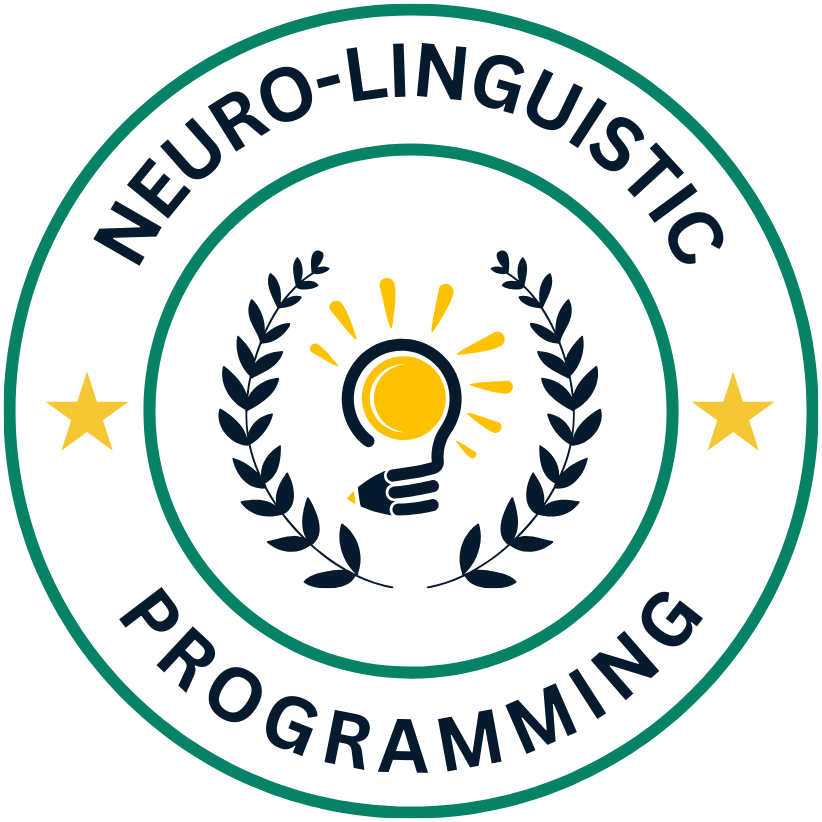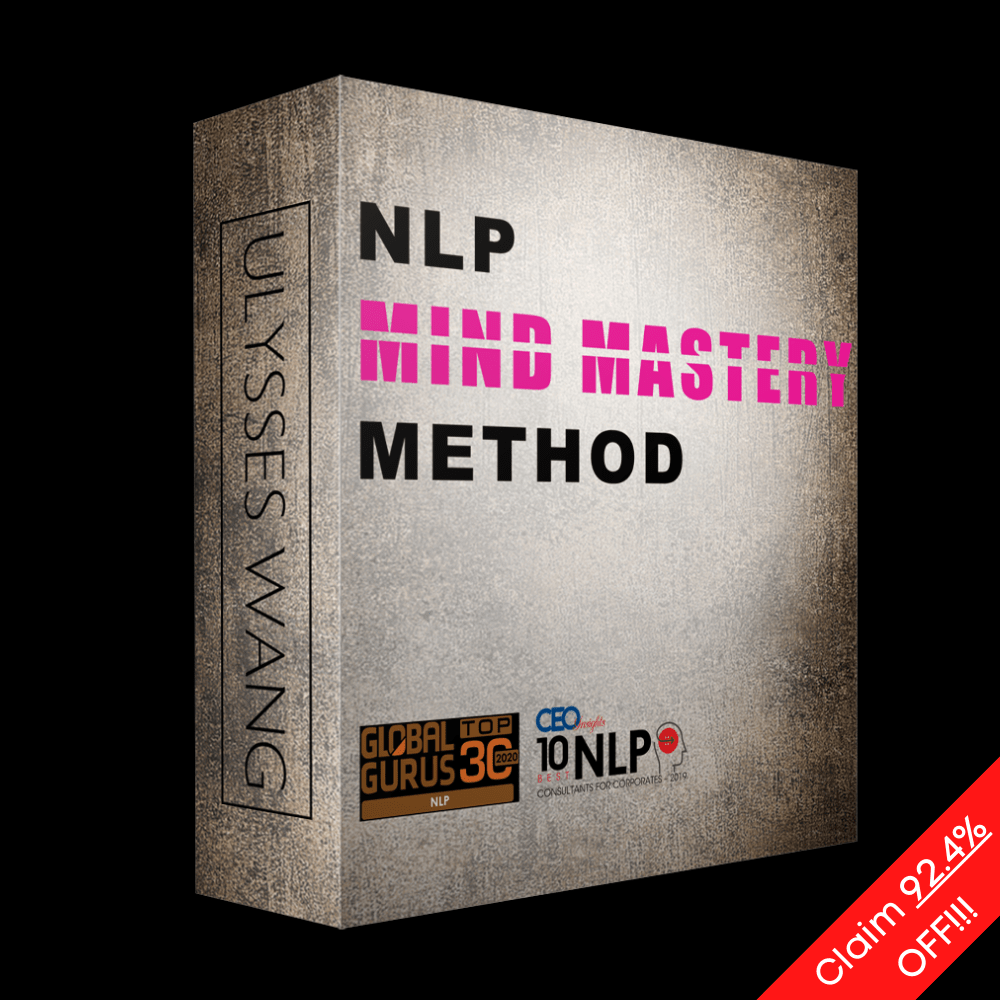You might not realize it, but the way you move, gesture, and position your body says a lot more than you think. Body language is a powerful form of nonverbal communication that can greatly impact your interactions and relationships with others. In this comprehensive guide, we will explore into the intricacies of body language, exploring different gestures, facial expressions, and postures to help you decipher what others are really saying. By understanding the subtle cues of body language, you can gain valuable insights into people’s thoughts, emotions, and intentions, ultimately improving your communication skills and enhancing your interpersonal relationships. Let’s uncover the secrets of body language together.
Understanding the Types of Body Language
To understand body language effectively, one must be aware of the various types of nonverbal cues that individuals exhibit in different situations. Body language can encompass facial expressions, postures, gestures, eye contact, and even the use of space and distance.
Facial Expressions
Even though facial expressions can vary greatly across cultures, there are universal emotions that are displayed through facial cues. Understanding these expressions can provide insight into how a person is feeling without them saying a word.
Postures and Gestures
Little movements and positions of the body can convey a wealth of information about a person’s attitude and emotions. Paying attention to these subtle cues can help in deciphering the true meaning behind someone’s words.
Body language can provide valuable clues about a person’s state of mind and intentions, offering a glimpse into their inner thoughts and feelings.
Eye Contact and Gaze
There’s a reason why eye contact is often considered a powerful form of nonverbal communication. The way someone looks at you can indicate interest, honesty, or even deception. Understanding the nuances of eye contact can greatly enhance your ability to read others.
A steady gaze can convey confidence and sincerity, while avoiding eye contact might suggest discomfort or dishonesty. Pay attention to the subtle shifts in eye contact during interactions to gain additional insights.
Space and Distance
Little adjustments in personal space and the distance maintained during conversations can speak volumes about relationships and comfort levels. Observing how individuals navigate physical proximity can offer clues about their feelings towards others and the situation at hand.
This aspect of body language is particularly important in understanding cultural differences, as norms surrounding personal space can vary significantly from one culture to another. Adapting to these norms can help in establishing rapport and avoiding misunderstandings in cross-cultural interactions.
Step-by-Step Guide to Reading Body Language
Despite the complexities of body language, learning to decipher nonverbal cues can greatly enhance your communication skills and understanding of others. To effectively read body language, you need to follow a systematic approach. This guide will break down the process into manageable steps.
Establishing a Baseline
Establishing a baseline is crucial when reading body language. This involves observing an individual’s typical behavior in various situations to understand their natural gestures, expressions, and tone. By establishing a baseline, you can better interpret deviations from their usual behavior.
Observing Consistency and Congruence
Reading body language goes beyond isolated gestures. It’s imperative to observe consistency and congruence in nonverbal cues. This means looking for alignment between verbal and nonverbal messages. Inconsistencies could indicate deception or discomfort.
To effectively read body language, you must pay attention to clusters of gestures. These clusters consist of multiple nonverbal signals that reinforce a particular emotion or intention. By deciphering these clusters, you can gain deeper insights into a person’s true feelings and thoughts.
Contextualizing with Verbal Communication
Communication extends beyond words. Integrating verbal and nonverbal cues is crucial for accurate interpretation. Contextualizing body language with verbal communication helps you understand the complete message being conveyed. Pay attention to tone, gestures, and facial expressions to grasp the full meaning.
Congruence between verbal and nonverbal cues is imperative for effective communication. When words and body language align, it enhances the message’s clarity and credibility. Understanding the relationship between verbal and nonverbal signals can lead to more meaningful and authentic interactions.

Tips for Improving Body Language Interpretation
Your ability to interpret body language can greatly impact your communication skills and relationships. By sharpening your observational skills, avoiding common misinterpretations, practicing in real-life situations, and using technology to refine understanding, you can become adept at reading nonverbal cues accurately. Recognizing the subtle signals people convey through their body language is a valuable skill that can enhance your interactions both personally and professionally.
Enhancing Your Observational Skills
Skills in observing body language are crucial for accurate interpretation. Pay attention to facial expressions, gestures, posture, and eye contact to gain insights into others’ thoughts and emotions. Practice observing people in different contexts to improve your ability to read nonverbal cues effectively.
Avoiding Common Misinterpretations
Clearly understanding body language signals can prevent misconceptions and miscommunications. It’s crucial to remember that nonverbal cues can vary based on cultural contexts, individual differences, and specific situations. By staying mindful of these factors, you can avoid jumping to inaccurate conclusions about someone’s intentions or feelings.
Practicing in Real-Life Situations
On top of honing your observation skills, it’s crucial to practice interpreting body language in real-life scenarios. Engage in meaningful conversations, attend social events, and interact with diverse groups of people to refine your ability to decode nonverbal cues accurately. By applying your knowledge in practical settings, you can enhance your overall proficiency in reading body language.
Using Technology to Refine Understanding
Interpretation of body language can also benefit from the use of technology. Video analysis tools, online resources, and virtual training programs can provide valuable insights into nonverbal communication patterns. By leveraging these technological resources, you can deepen your understanding of body language cues and refine your interpretation skills. With the right tools, you can enhance your ability to decode nonverbal messages effectively.
Factors Affecting Body Language Reading
Now, understanding body language involves considering various factors that can influence how we interpret nonverbal cues. Here are some key factors to keep in mind:
- Cultural Variations
- Personality and Individual Differences
- Situational Dynamics
- Emotional States
Cultural Variations
Even though certain body language cues may seem universal, it’s crucial to recognize that cultural differences play a significant role in how these signals are interpreted. Gestures, expressions, and even proximity can vary greatly across different cultures, so it’s imperative to be mindful of these variations when interpreting body language cues.
Personality and Individual Differences
On the individual level, personality traits and personal experiences can greatly impact how a person displays and interprets body language. Introverted individuals may exhibit different nonverbal cues than extroverted ones, and past experiences can also shape how someone communicates nonverbally.
Situational Dynamics
While body language is imperative in communication, it’s crucial to consider the context in which it occurs. Situational factors, such as location, relationships between individuals, and the overall environment, can significantly influence the meaning of nonverbal cues.
Emotional States
Reading emotional states through body language involves observing various cues such as facial expressions, gestures, and posture. These cues can provide valuable insights into someone’s emotions, but it’s important to remember that body language is just one piece of the puzzle when assessing someone’s emotional state.
A deeper understanding of the factors affecting body language reading can enhance our ability to communicate effectively and empathetically with others. By considering cultural variations, individual differences, situational dynamics, and emotional states, we can decode nonverbal cues more accurately and build stronger connections in our personal and professional relationships.
The Ultimate Guide to Body Language: HOW TO MASTER …

Pros and Cons of Relying on Body Language
| Pros | Cons |
| Can convey emotions and intentions effectively | Subject to misinterpretation and cultural differences |
| Helps to understand unspoken cues | Not always accurate or reliable |
| Complements verbal communication | People can fake body language |
| Provides insight into a person’s feelings | Body language can vary from person to person |
| Enhances overall communication effectiveness | May not always be consciously controlled |
Advantages of Nonverbal Communication
Even though verbal communication is imperative, nonverbal cues play a significant role in conveying emotions and intentions. Body language can often express feelings that words cannot, providing a more comprehensive understanding of the message being conveyed.
Limitations and Potential Misreads
Clearly, relying solely on body language can lead to misunderstandings and misinterpretations. Different cultures may have varying interpretations of gestures and expressions, making it crucial to consider a person’s background and context when analyzing nonverbal cues.
The balance between verbal and nonverbal cues is imperative for effective communication. Verbal cues provide explicit information, while nonverbal cues offer insight into emotions and attitudes. By combining both forms of communication, a more accurate and complete understanding can be achieved.
Verbal communication is vital for conveying precise information, but body language adds depth and nuance to the message. Understanding how to balance and interpret both forms of communication can lead to more successful interactions and improved relationships.
Final Words
Following this ultimate guide to understanding body language, you now possess a powerful tool to decode the nonverbal cues that people display in various social interactions. Being able to interpret body language accurately can enhance your communication skills, improve your relationships, and even give you an edge in professional settings. Remember to pay attention to clusters of gestures, consider the context, and practice active observation to become proficient in reading body language. With dedication and practice, you will soon find yourself navigating social situations with greater ease and understanding.
FAQ
Q: What is body language?
A: Body language refers to the non-verbal signals and cues that we use in communication. It includes facial expressions, gestures, posture, and movement.
Q: Why is understanding body language important?
A: Understanding body language is crucial because it can provide valuable insights into a person’s thoughts, feelings, and intentions, allowing for better communication and connection.
Q: What are some common body language cues to look out for?
A: Common body language cues include eye contact, facial expressions, hand gestures, posture, proximity, and mirroring of movements.
Q: How can body language help in professional settings?
A: In professional settings, interpreting body language can help in negotiations, presentations, interviews, and networking by understanding the unspoken messages being conveyed.
Q: Can body language vary across different cultures?
A: Yes, body language can vary significantly across different cultures. What may be considered as a positive gesture in one culture could be interpreted differently in another.
Q: How can one improve their body language skills?
A: Improving body language skills involves practicing self-awareness, observing others’ body language, and making conscious efforts to align your own non-verbal signals with your intended message.
Q: Are there any misconceptions about body language?
A: One common misconception is that a single body language cue can accurately convey a person’s thoughts or feelings. In reality, body language should be interpreted in clusters and in conjunction with verbal communication for a more accurate understanding.



